The Mole Vanvitelliana in Ancona opens up to contemporary art with the exhibition Terra Sacra: curated by Flavio Arensi, it is scheduled from November 27, 2021 to May 8, 2022 and aims to make the ancient works of the territory, restored after the earthquake five years ago that struck the Marche and Central Italy, dialogue with contemporary art, through 120 works, some of them site-specific, by 35 authors, with also some big names in contemporary art. The story of this exhibition begins with the 2016 Central Italy earthquake: the Marche region was one of the hardest hit, and the city of Ancona was among the first to question the forms of aid to be brought to the affected territories. Initial interventions focused precisely on the recovery of damaged ancient art masterpieces, for which the spaces of the Mole Vanvitelliana were immediately made available, where they were immediately housed and kept to be examined and restored: a timely action that saw the Municipality of Ancona, the Ministry of Cultural Heritage, and the Carabinieri’s Nucleo Tutela side by side. From this action, the idea was born to carry out a project that would make these works dialogue with those of some of the protagonists of contemporary art.
Thus, the Mole Vanvitelliana, a sanitary and defensive structure that rises as a spectacular pentagonal artificial island, designed in 1732 by Luigi Vanvitelli in the port of Ancona, becomes the center of this project that also aims to help the public reflect on the relationship between nature and man. The exhibition, organized and produced by the Municipality of Ancona and the Omero State Tactile Museum, with the Fondo Mole Vanvitelliana, with the collaboration of the Marche Superintendency, the support of the Marche Region and the Cariverona Foundation through the Valore Territori call, with the patronage of ANCI - National Association of Italian Municipalities, was born precisely in October 2016 when, during the inauguration of the Ecce Homo exhibition on the human condition through figurative sculpture, the major tremors of the earthquake that was hitting the region were felt.
The exhibition itinerary, which occupies all the places of the Mole Vanvitelliana, from the walls to the courtyard, from the Magazzino Tabacchi to the warehouse of the Marche Superintendency, presents the works of artists who are spokesmen for expressive languages, often very different from each other: Claudio Abate, Guido Airoldi, Giovanni Albanese, Peppe Avallone, Gianfranco Baruchello, Matteo Basilè, Mirella Bentivoglio, Renato Birolli, Gregorio Botta, Andrea Bruno, Silvia Camporesi, Maurizio Cannavacciuolo, Leonardo Cremonini, Gino de Dominicis, Franco Fanelli, Flavio Favelli, Piero Fogliati, Paolo Icaro, Titina Maselli, Pietro Masturzo, Marco Mazzoni, Zoran Music, Gina Pane, Luca Pancrazzi, Filippo Piantanida, Franco Piavoli, Franco Pinna, Pasquale Palmieri, Roberto Pugliese, Quayola, Salvo, Giorgio Santucci, Pierantonio Tanzola, Alessandro Tesei, Zerocalcare.
The exhibition intends to start from the territory of Ancona and in particular from the Mole, which for years now has been confirmed as one of the most important cultural spaces in the center-south of the Peninsula, also by virtue of the contaminations between culture (the exhibitions), psychoanalysis and human sciences (Festival KUM!), music (My Generation Festival), and innovation in the field of accessibility (Museo Omero). In this regard, Mimmo Paladino’s large Red Horse, installed on the walls of the Mole five years ago as an element of an urban art project, marks the first important link between art and the city. Accompanying the exhibition is a catalog, published by Skira, with texts by Flavio Arensi, anthropologist Piera Talin and documentary filmmakers Alessandro Tesei and Danilo Garcia Di Meo.
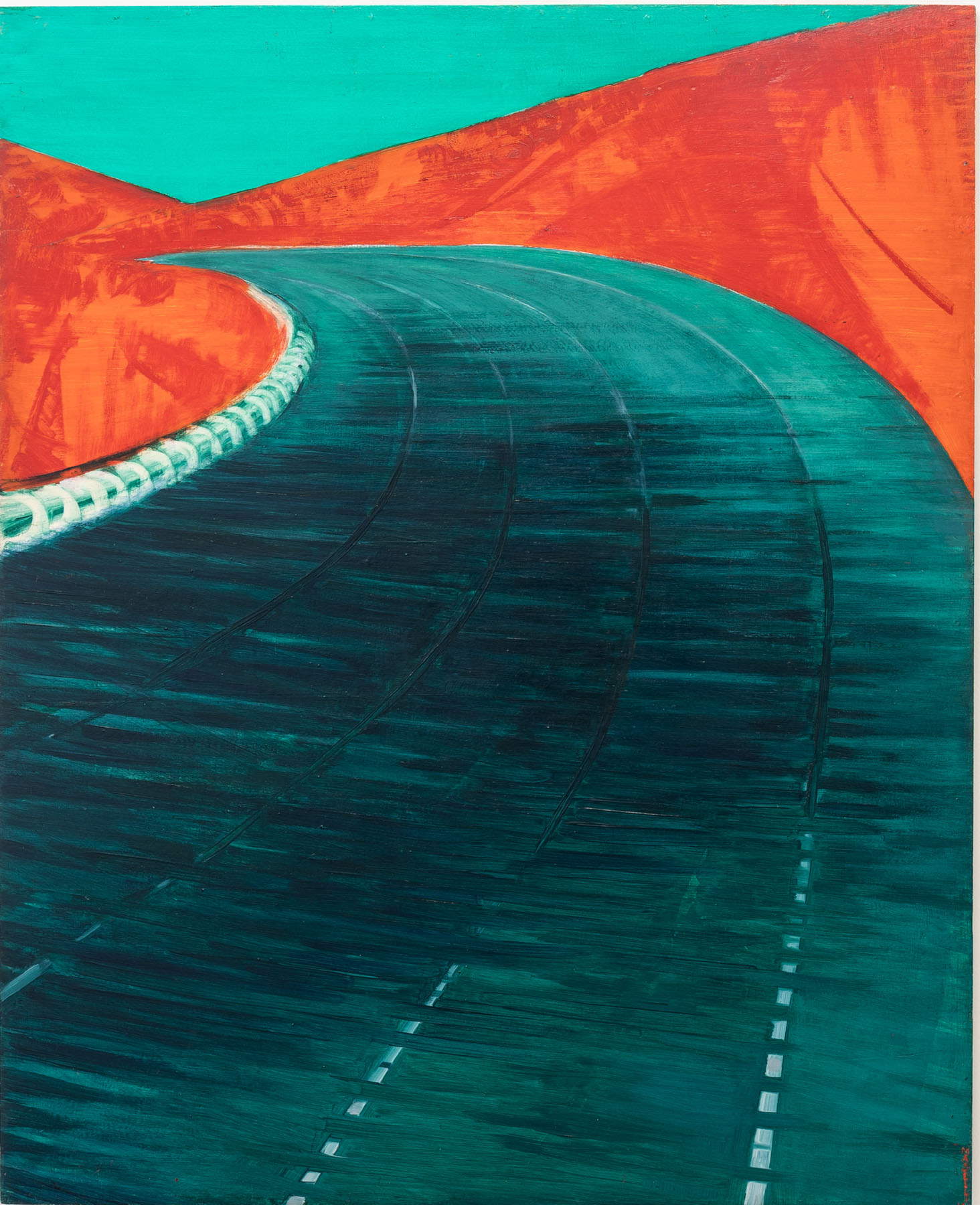

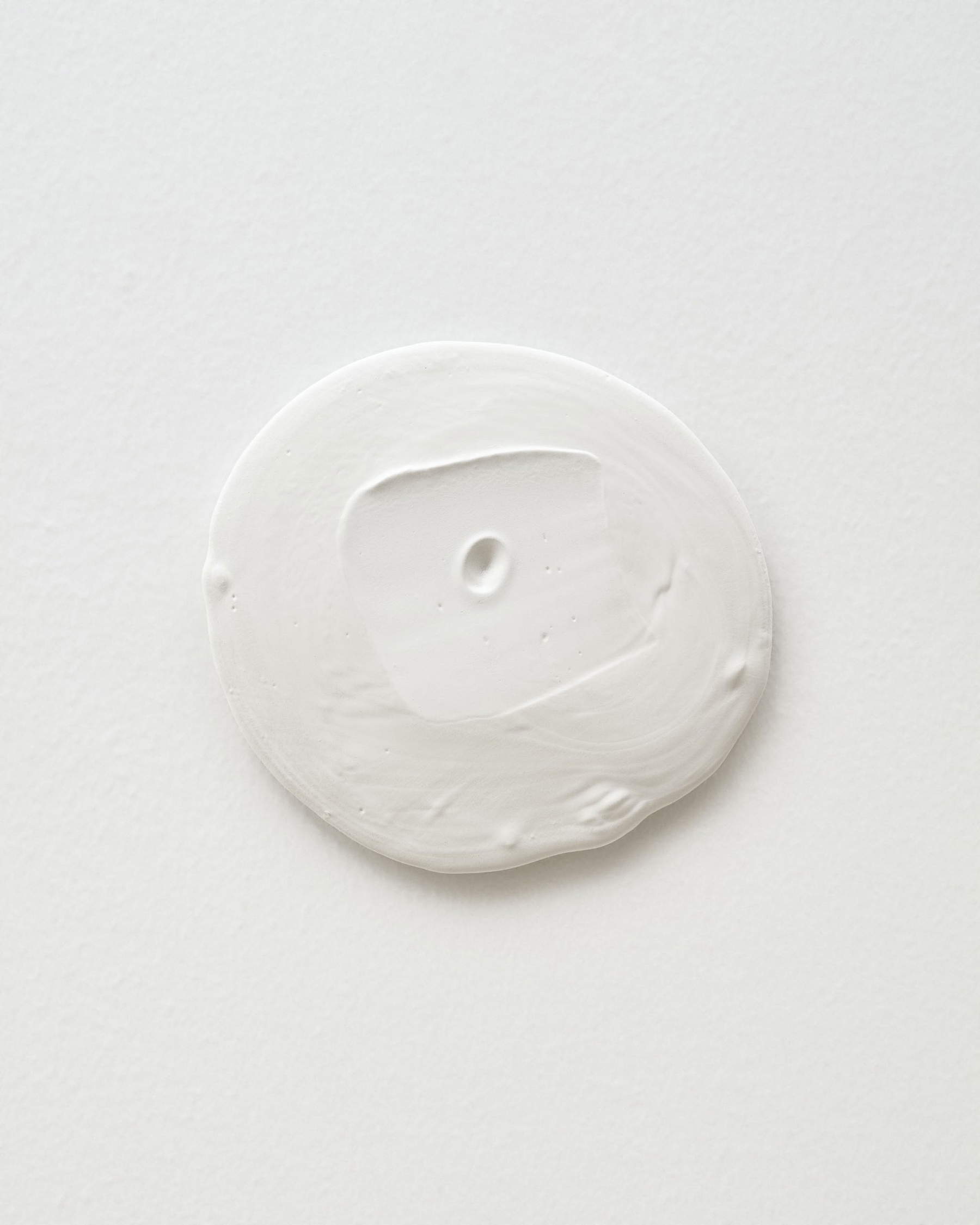
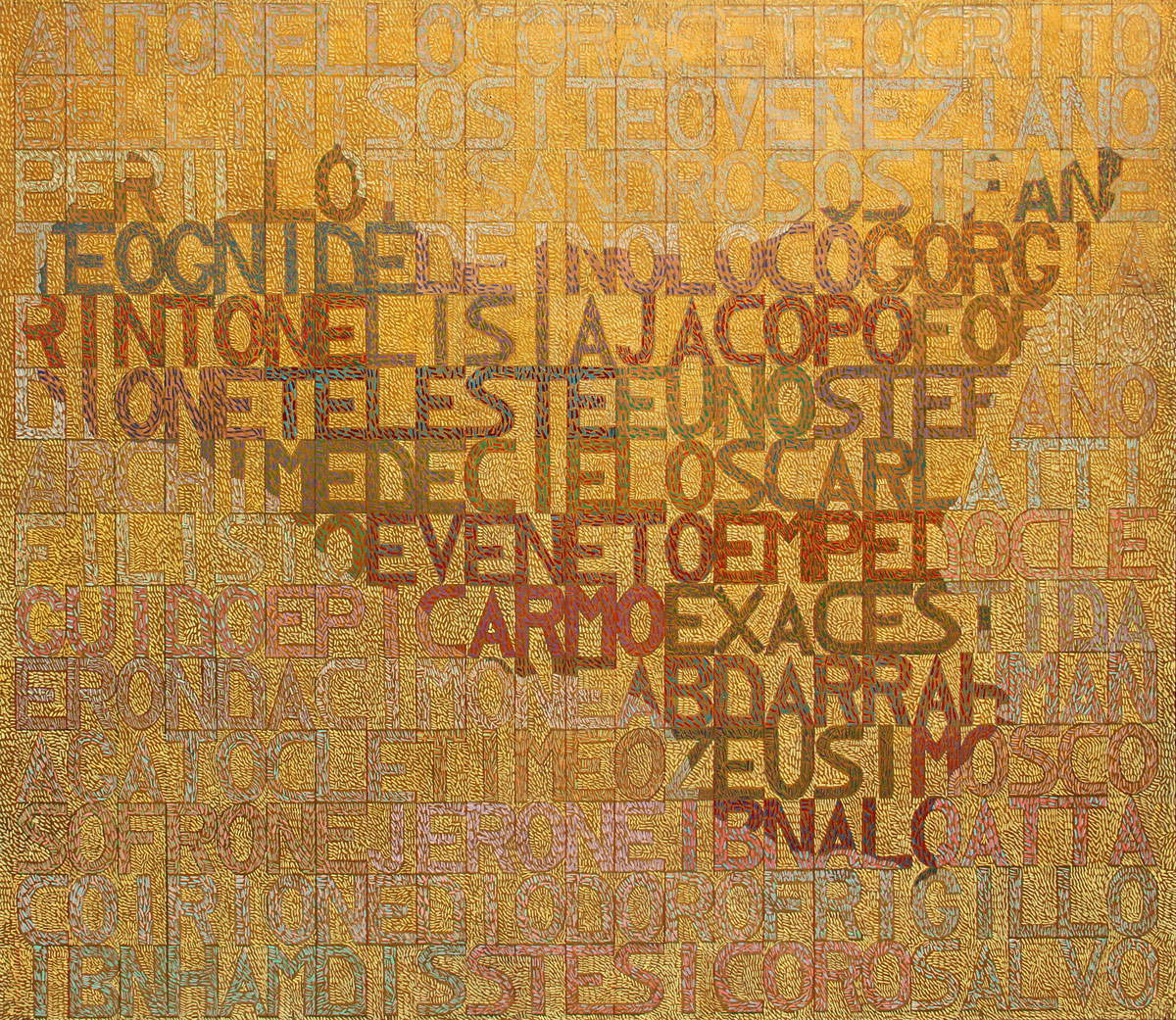
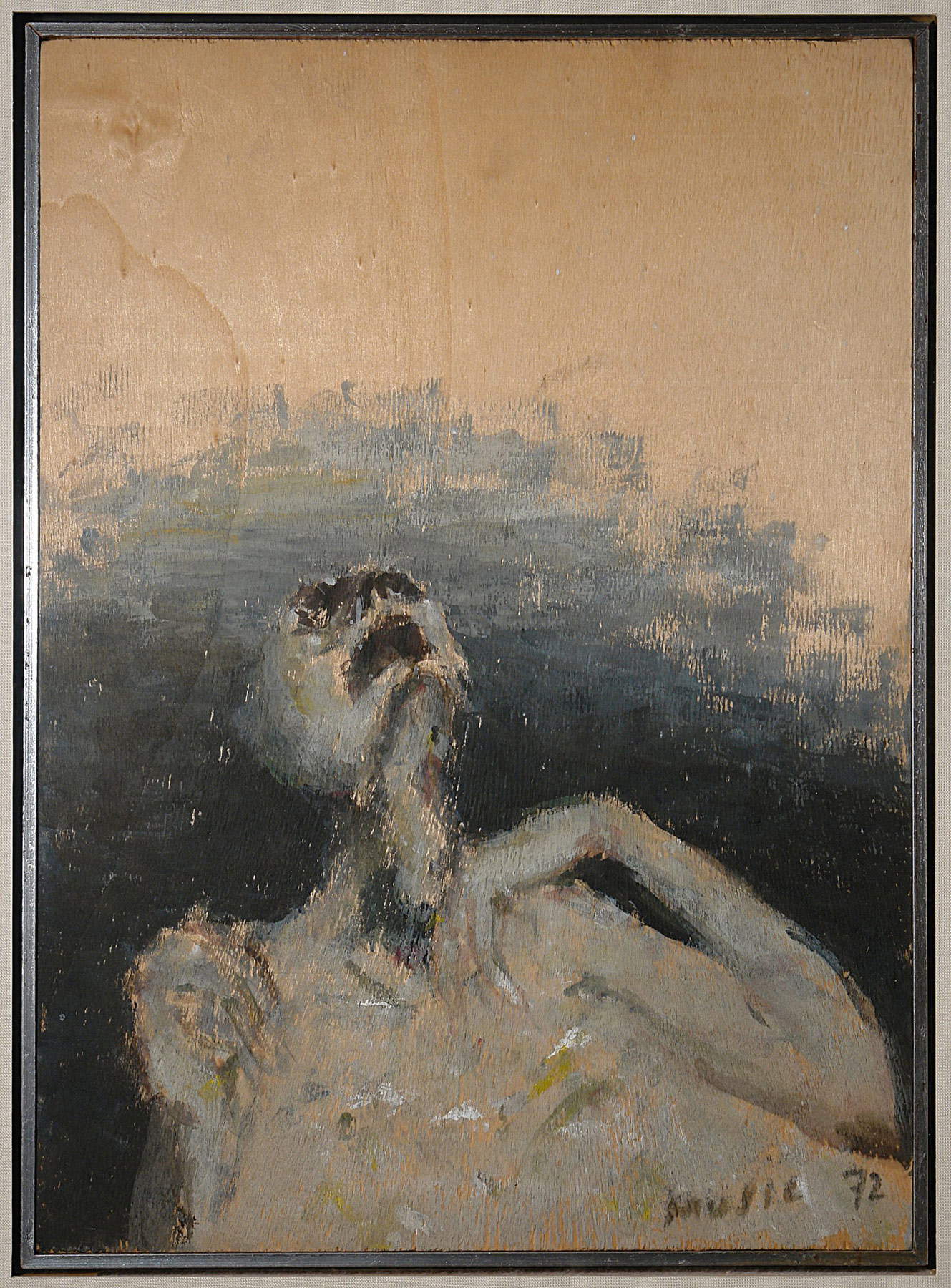
The exhibition opens with a blow-up of the Mediterranean by photographer Filippo Piantanida, a place of transit, discovery, pilgrimage and hope recounted in ancient sagas and contemporary chronicles. Entering the space of the Magazzino Tabacchi, the visitor encounters Quayola’s digital forest: images of trees will be juxtaposed with a fragment of a classical sculpture, revisited in a technological key, that recalls the Laocoon Group, associating two of the significant elements of the exhibition, nature and man, starting with the reflection that the great French landscape architect Gilles Clément makes about the Third Landscape.
The first section is dedicated to painting (works by Baruchello, Birolli, Cannavacciuolo, Cremonini, de Dominicis, Maselli, Pancrazzi, Pane, Salvo), which analyzes the theme of the territory as a place of life, in a path that goes from the 1950s to the present day; as for the other sections, the curator has mixed periods and languages, going to rediscover authors who are sometimes forgotten or little known. From Leonardo Cremonini’s Donne addormentate al sole (Women asleep in the Sun ) to Renato Birolli’s Anversa (Antwerp ), to an unpublished work by Maurizio Cannavacciuolo, passing from Titina Maselli’sAutostrada (Highway ) to Salvo’s Sicily, taken by Luca Pancrazzi, to Gianfranco Baruchello’s Minimal Places, to a rare and delicate portrait by Gina Pane and a mysterious Gilgamesh by Gino de Dominicis. The second section, “Anthropology of Space” (works by Abate, Fogliati, Icaro, Pinna) begins with images by Franco Pinna, who accompanied the anthropologist Ernesto de Martino in his study of the rites and magic of Southern Italy, and addresses the theme of the sacred or sacral space of the Taranta, which is declined in the place of theartistic imagination with Pino Pascali’s tarantula photographed by Claudio Abate, in a play of mirrors that takes form and makes it ethereal in Paolo Icaro’s work, an element of light in Piero Fogliati. The sacred land, is the last place where the oral/experimental tradition of knowledge, of the magical act survived: a world impossible to replicate with words. Aware of the gain we have had from historical evolution, we can honestly meditate on how much we have lost as a society.
The third section, “Places of Others” (works by Avallone, Camporesi, Favelli, Masturzo, Palmieri, Tanzola, Tesei) talks about places and borders: from Flavio Favelli’s Persia, to Pietro Masturzo’s Iran, here with a selection of images taken from places of conflict. In particular, his photograph showing the nighttime protest of women in Tehran (winner of the 2010 World Press Photo) who climb onto the roof to chant against the regime is a yearning for freedom. Silvia Camporesi’s Atlas Italiae is a more geographic atlas of metaphysics. Pasquale Palmieri recounts man in his mental and physical territory, while Peppe Avallone is an extraordinary witness to the earthquake that struck the Naples area in the 1980s, with the artistic insurgency linked to Terraemotus (conceived by Lucio Amelio): culture becoming a civil megaphone. In contrast, Pierantonio Tanzola’s video recounts the places of the same tragedy, but in their ghostly transience. Alessandro Tesei, director and videomaker is present with an edited piece on Fukushima and the natural disaster that touched Japan. Mirella Bentivoglio’s small works with her letters to unknown recipients also stand out in this section.
We then move on to the fourth section, “The House, the Homeless” (works by Airoldi, Albanese, Basilé, Botta, Bruno, Bentivoglio, Music, Santucci, Zerocalcare): welcoming those who enter is Guido Airoldi’s installation Heimat, which poses the theme of the native place, and points to the territory where one feels at home because one was born there, spent one’s childhood there or speaks the language of affection there. As a reminder, however, of the danger of borders and small homelands, one of Zoran MusiÄ’s “dead” is placed to bring the memory back to the madness of the concentration camps and some of Andrea Bruno’s plates taken from Cinema Zenit, where the protagonist moves through a city made up of not only physical rubble. This is followed on the one hand by Giovanni Albanese’sArmata dei Slessatetto (Army of the Homeless ), which tells of a homeless people who, however, have homes everywhere. Central is the large mother pushing the baby carriage, a symbol of hope. On the other side, Gregorio Botta’s Orbits, an installation with some Tibetan bells that brings to attention the drama of a people who cannot have an identity. It is Zerocalcare’s Macerie prime that closes this path in which the difficulty of growing up, of discovering one’s role in society, of not losing the ties that matter is told. While Matteo Basilé opens the gaze to a more mysterious territory, that of space, where finally we find the protagonists drawn by Giorgio Santucci, the “grays,” the better known “extraterrestrials.”
The fifth and final section, “Paesaggio interiore paesaggio esteriore” (works by Fanelli, Mazzoni, Pane, Piavoli, Pugliese) welcomes Gina Pane’s Pierres déplacées photographs in dialogue with Roberto Pugliese’s large sound trunks, theHerbarium by Franco Piavoli, the director beloved of Andrej Tarkovsky and Ermanno Olmi, author of Nostos (film about Ulysses) and Il Pianeta azzurro, mirrored by Marco Mazzoni’s unpublished bestiary, and a graphic work by Franco Fanelli, one of the most important engravers on today’s art scene. The exhibition closes in the Mole Court, where a selection of twenty-eight photographs signed by members of theAscosi Lasciti Association (Jesi), curated by Alessandro Tesei, which features some evocative images of abandoned places for a reflection on the phenomenon of Urban exploration (Urbex), as well as eight photographs by Danilo Garcia di Meo extracted from the Quatrani project, which was interested in investigating the adolescence of young people after the 2009 L’Aquila earthquake. For the visually impaired, there is an ad hoc itinerary, specially designed by the Museo Omero, with six works to touch and innovative tactile captions in relief, obtained by a process of image synthesis, that allow blind or visually impaired visitors to discover some of the works on display. These include Gina Pane’s precious little drawing, Moment de l’action Little Journey (Garçon au poisson). Relief drawing is a process of image synthesis, during which the drawing is simplified in lines and enriched with textures to differentiate areas, and is then traced in black on a special sheet equipped with countless microcapsules of plastic material. When the sheet is exposed to a source of heat, the black parts of the drawing swell to create relief.
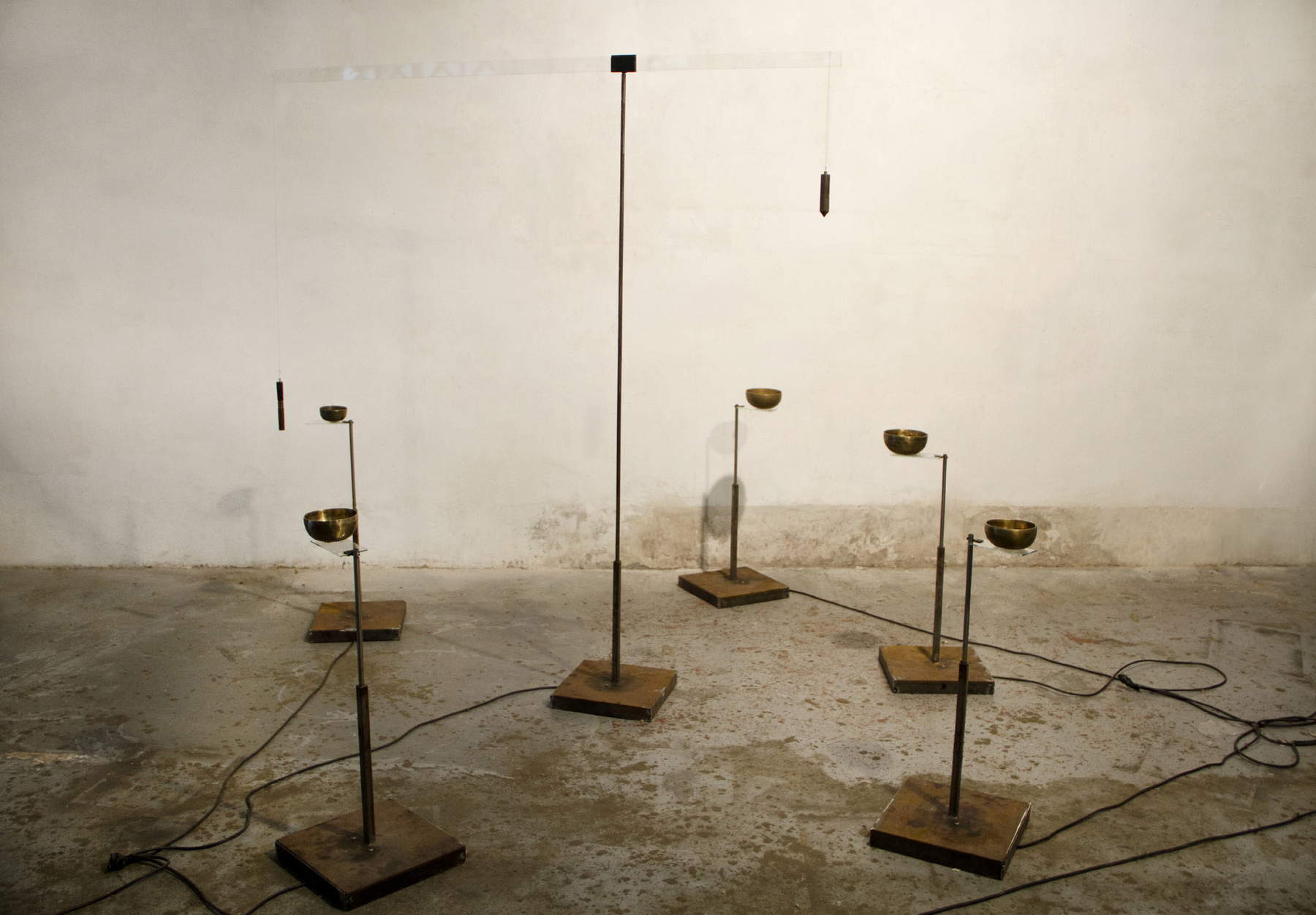
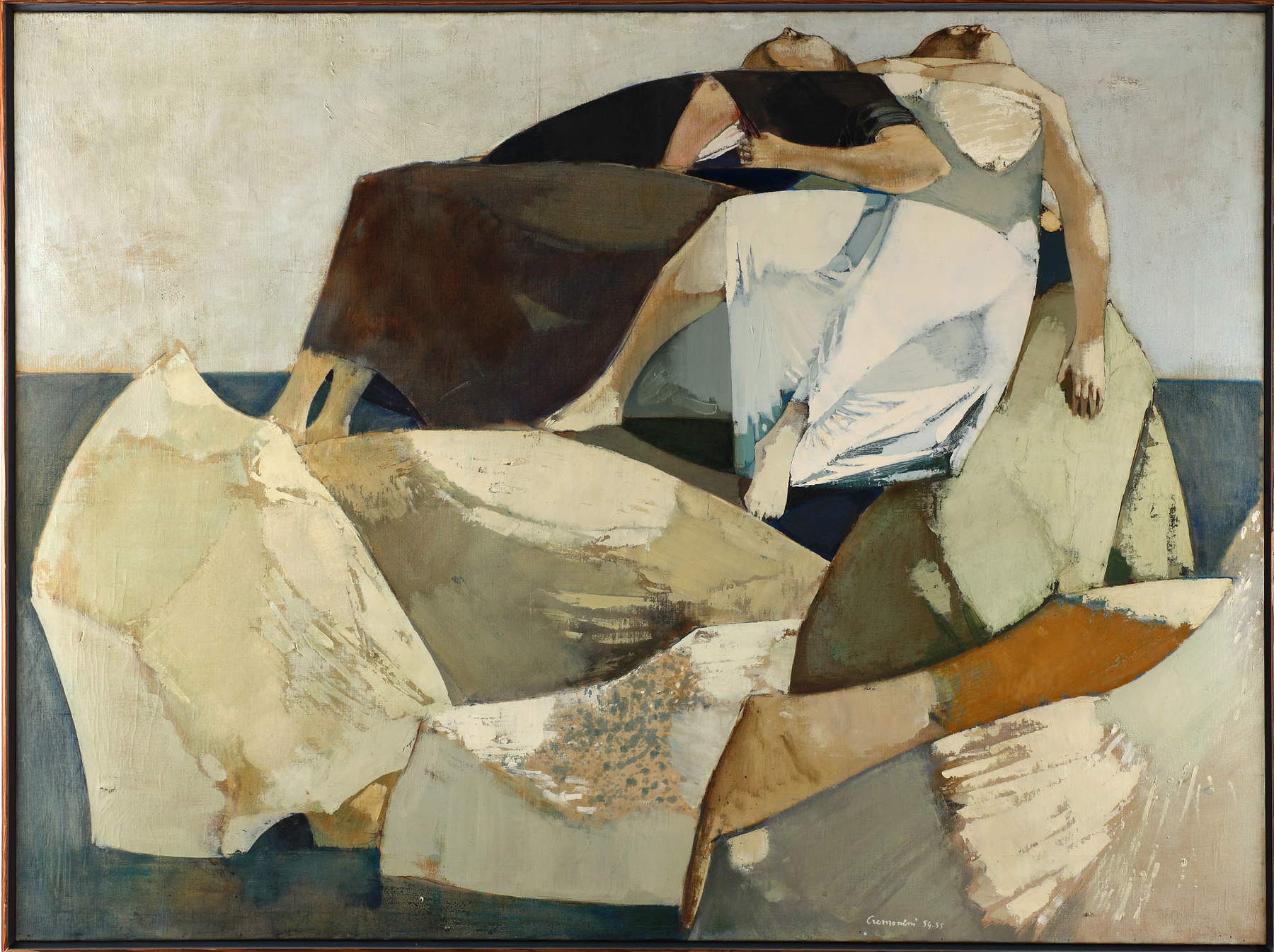

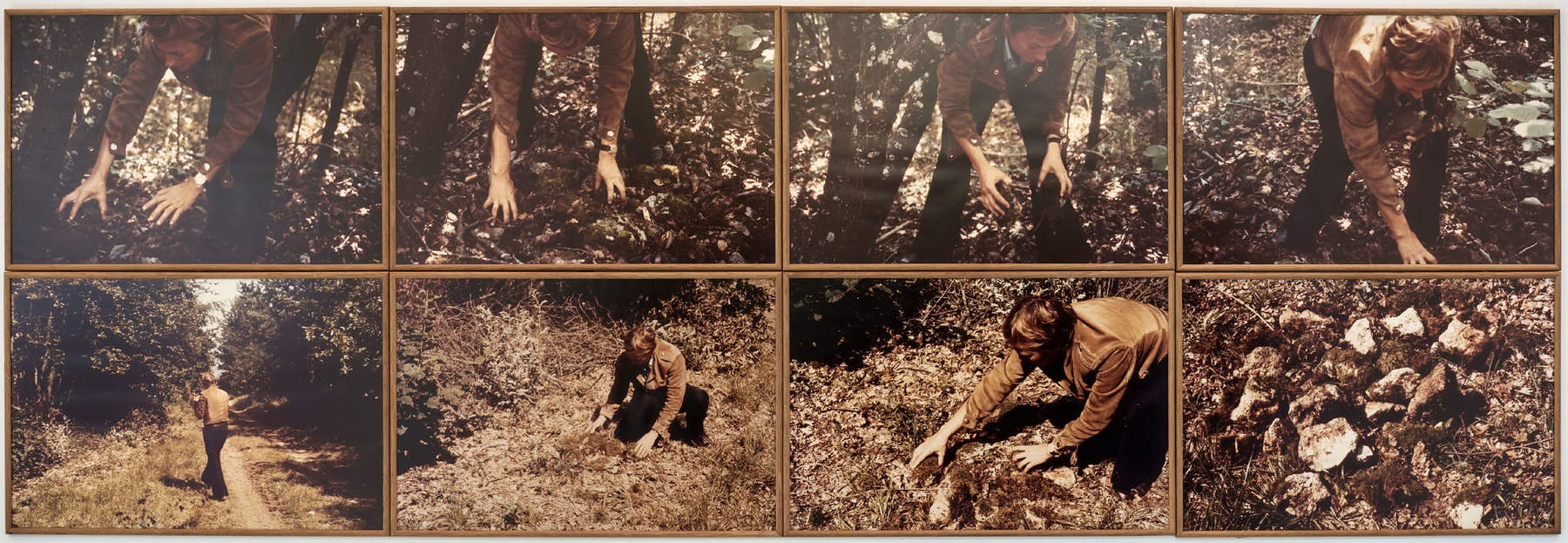


“The genesis of the exhibition has made it even more powerful,” comments Paolo Marasca, Ancona’s Councillor for Culture, “and the anticipation has pushed us to manage a reflection that starts from the trauma of the earthquake to include the entire relationship between humanity, its forms of relationship and the planet in which it lives. A relationship totally challenged by COVID. Thus, ancient works and the communities that own them, which we are engaging through ANCI, and a present that we never expected are linked. Art becomes an indispensable key. Ancona accepts a great challenge, which will be useful to the whole country.”
“Terra Sacra,” says Flavio Arensi, “however, has no intention of confronting material facts, the losses and collapses of the earthquake, mourning or fear in the strict sense. Instead, it is about a recovery and restitution of life.”
“This exhibition,” comments Giorgia Latini, Regional Councillor for Culture, “born from a happy intuition that, starting from the earthquake and the wounded and hospitalized works inside the Mole, imagined a path that investigates the relationship between man and nature, is a testimony to the force of reaction that has always distinguished our region. A force that becomes, as in this case, also a stimulus for reflection: man has always had nature as the reference of his work, art has been one of its highest forms of expression. In artistic work we find the contradictions and affinities with what surrounds us. The pandemic has introduced us to a necessary new speculation of this relationship. Restarting from the concept of Sacred Ground is the right way to re-enter a relationship that assumes a deep look at nature, landscape, and man, the look of art, contemplative, first and foremost full of respect and care.”
 |
| Terra Sacra. In Ancona, the exhibition that brings contemporary and ancient saved from the earthquake into dialogue |
Warning: the translation into English of the original Italian article was created using automatic tools. We undertake to review all articles, but we do not guarantee the total absence of inaccuracies in the translation due to the program. You can find the original by clicking on the ITA button. If you find any mistake,please contact us.